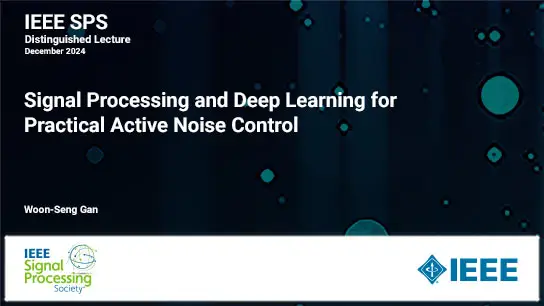MULTIPLE INSTANCE LEARNING WITH TASK-SPECIFIC MULTI-LEVEL FEATURES FOR WEAKLY ANNOTATED HISTOPATHOLOGICAL IMAGE CLASSIFICATION
Yuanpin Zhou, Yao Lu
-
Members: FreeSPS
IEEE Members: $11.00
Non-members: $15.00Length: 00:08:28
12 May 2022
Pathological examination is regarded as the gold standard for cancer diagnosis in clinical medicine. Gigapixel histopathological images play an important role in developing automatic pathology diagnosis systems. Because of the expensive cost of pixel-level annotation, deep multiple instance learning (MIL) has become the main approach to classify histopathological images with only slide-level annotation. However, three major challenges including lack of data efficiency because MIL approaches rely on task-agnostic feature extractor, overfitting challenges caused by high data imbalance between tumor and normal tissues, and the similarity between tumor and normal patches, are to be tackled. We proposed a three-stage deep MIL approach to address these challenges. The first stage generated pseudo instance-level labels by utilizing max-max ranking loss. The second stage refined the feature extractor into a task-specific feature extractor with pseudo labels. Focal loss was used to tackle the data imbalance challenge. Partial decoder component was adopted to better distinguish tumor tissues. We re-trained the MIL network with task-specific multi-level features in the third stage. Our model was able to predict both instance-level and bag-level labels in the inference stage. Experiment results showed our model outperformed baseline models in both accuracy and AUC metrics.



